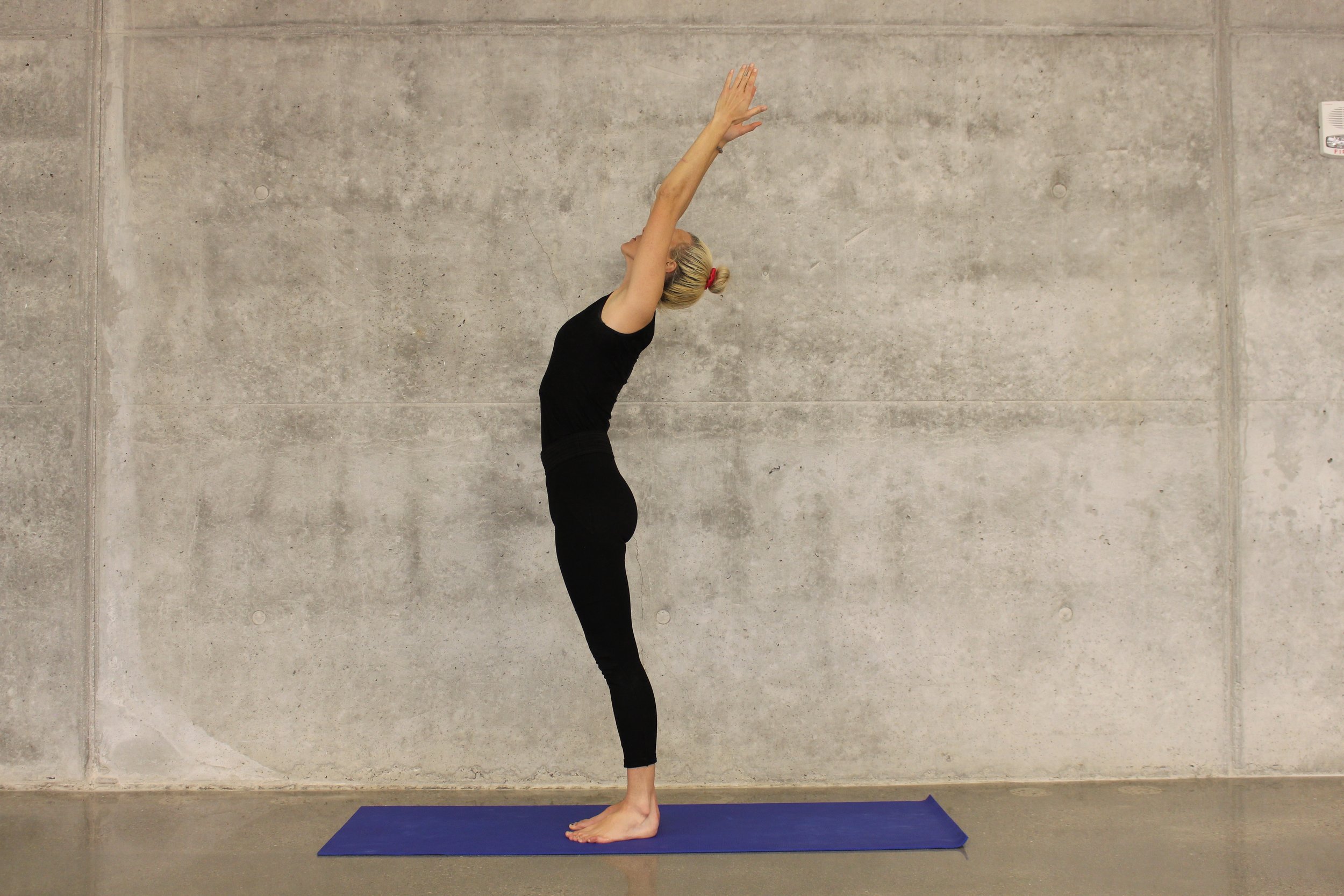Physical Activity and Movement Part 12
Our next foundational principle is the sprint. I’ve already stated that you don’t actually have to sprint. This is any form of movement that elevates your heart rate and your perceived sense of exertion.
You essentially increase the exertional output of that activity to where you’re working at your maximum capacity. You do this for a defined period of time, and then you rest for a short window of time. Then you repeat.
…if you’re a walker, just start walking at a brisker pace or walk up a hill to the point where you’re breathing fast and you feel like you’re working as hard as you can.
There are innumerable programs that can accomplish this for you. There are many free applications and YouTube videos that will outline an effective high-intensity interval training program, so I’m not going to go into the details of those programs here. Although we also have one we created which you can access here.
You can combine this principle with your strength workout to try and knock out both at the same time, or you can simply do it as an aerobic conditioning tool. If you’re someone who likes walking and jogging, then it’s pretty simple.
You start walking, perhaps warm up for 5 minutes or 10 minutes, whatever amount of time you have. Then you would begin to either run, or if you’re a walker, just start walking at a brisker pace or walk up a hill to the point where you’re breathing fast and you feel like you’re working as hard as you can.
There’s something called a perceived exertion scale that you can use, or you can use a heart rate monitor. I describe the details of this in the free PDF download I created.
Essentially, you will maintain that interval for 30-45 seconds, and then you’ll recover for approximately a minute. Repeat this 5 or 6 times, and then cool off and you’re done. It’s that simple. It doesn’t have to be for long.
I would suggest that over time, you cycle through different intervals because there are different metabolic benefits and conditioning benefits to the different intervals. So sometimes you might use 30 seconds on, 30 seconds off. Other times it might be 1 minute and 2 minutes. You get the idea. Vary the ratios. There are different benefits based on the different metabolic and energy systems in your muscles that you’ll be exercising.
Simply incorporating 1-2 high-intensity interval training sessions per week will check the sprint box for you.
It can also be helpful to do some extended intervals, although these are a little more painful. You maintain a moderately high pace for up to 4 minutes straight, then you recover for 4 minutes. You repeat that 4-5 times. This has exceptional longevity benefits, and you only have to do it about once every 2 weeks.
I really don’t enjoy it at all. That 4 minutes is painful. But I try to do this as part of my runs at least once every two weeks because of the health benefits. I remind myself of what it’s doing for me. You should consider trying to do this as well, but you don’t have to. It does have a lot of benefits.
Simply incorporating 1-2 high-intensity interval training sessions per week will check the sprint box for you. It can be especially helpful to do these in a fasted state if you’re capable of doing that as a way of accelerating weight loss and improving metabolic flexibility. This can produce substantial metabolic benefits and positive neurochemical benefits that can lead to a reduction in stress, enhancement in mood, and improvement of sleep. Also, playing basketball with your friends or playing tag with your kids will check this box for you!
If you’re interested in learning more about physical movement or a more personalized approach to healthcare, order my book Authentic Health, like my page on Facebook, and follow me on Instagram!







